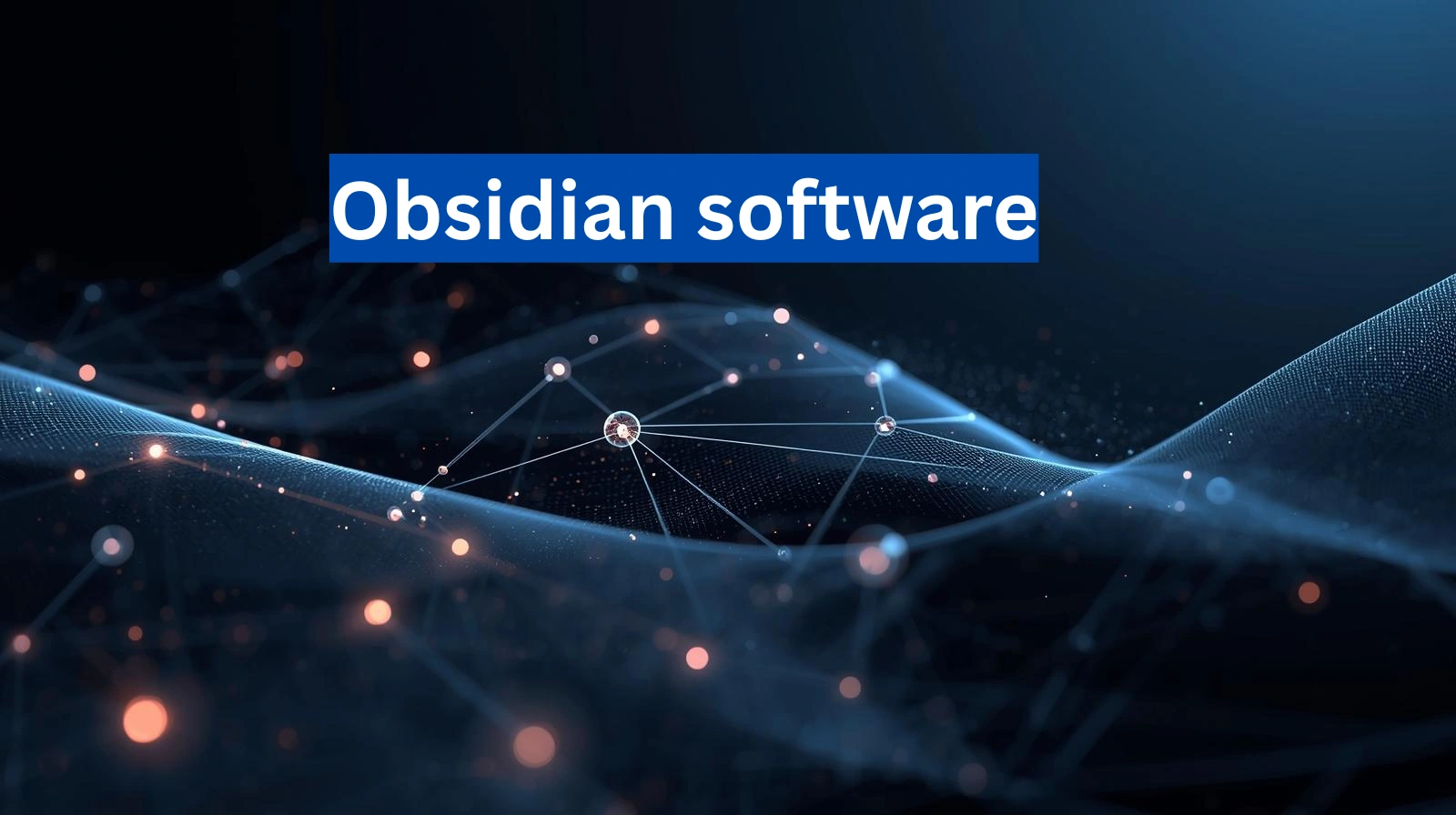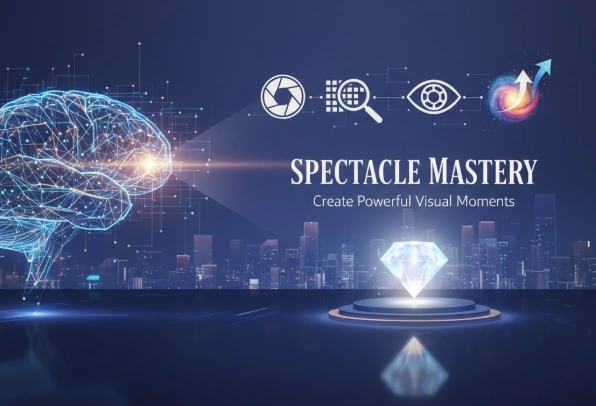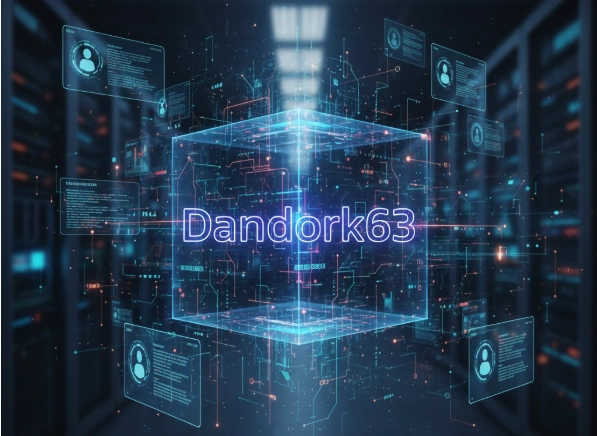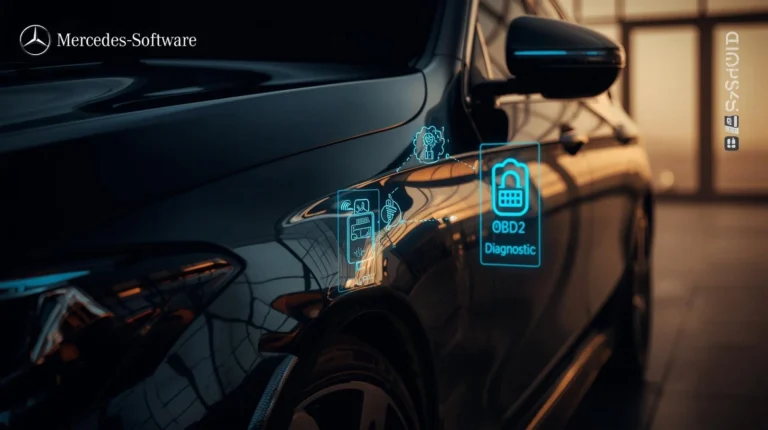Obsidian Software Explained: Why It’s More Than Just a Note-Taking App
Ever feel like your notes are scattered across apps, hard drives, or sticky notes? That’s where Obsidian software comes in. It’s not just another note-taking app—it’s a powerful way to build your own personal knowledge system. Instead of locking everything in the cloud or behind a subscription, Obsidian gives you full control over your notes, making it perfect for people who care about privacy, organization, and long-term thinking.
How Obsidian software Works (Without the Tech Jargon)
Notes Stored Safely on Your Device
Every note you create in Obsidian is saved as a plain-text Markdown file on your computer. This gives you complete ownership of your data. Markdown is a universal format, so your notes aren’t trapped in one platform, and because everything is local, you can access your vault even without the internet.
Smart Linking Between Notes
With just a pair of brackets [[like this]], you can connect notes together. Instead of isolated pages, your vault becomes a web of ideas. It’s like mapping your thought process digitally, so you can easily trace how concepts connect.
Visual Knowledge Graph
As you link more notes, Obsidian automatically generates a knowledge graph—a visual map of all your connections. It looks like a mind map that expands over time, giving you a bird’s-eye view of your ideas.
Plugins That Fit Your Style
Obsidian isn’t a rigid tool. You can enhance it with plugins for task management, calendars, diagrams, AI search, and more. Whether you’re a student, a writer, or a project manager, you can tailor Obsidian to fit your workflow.
Vaults for Organization
Notes are stored in “vaults,” which are simply folders on your device. This makes it easy to keep different projects or areas of your life separate, while still allowing powerful linking and organization.
Why People Love Obsidian
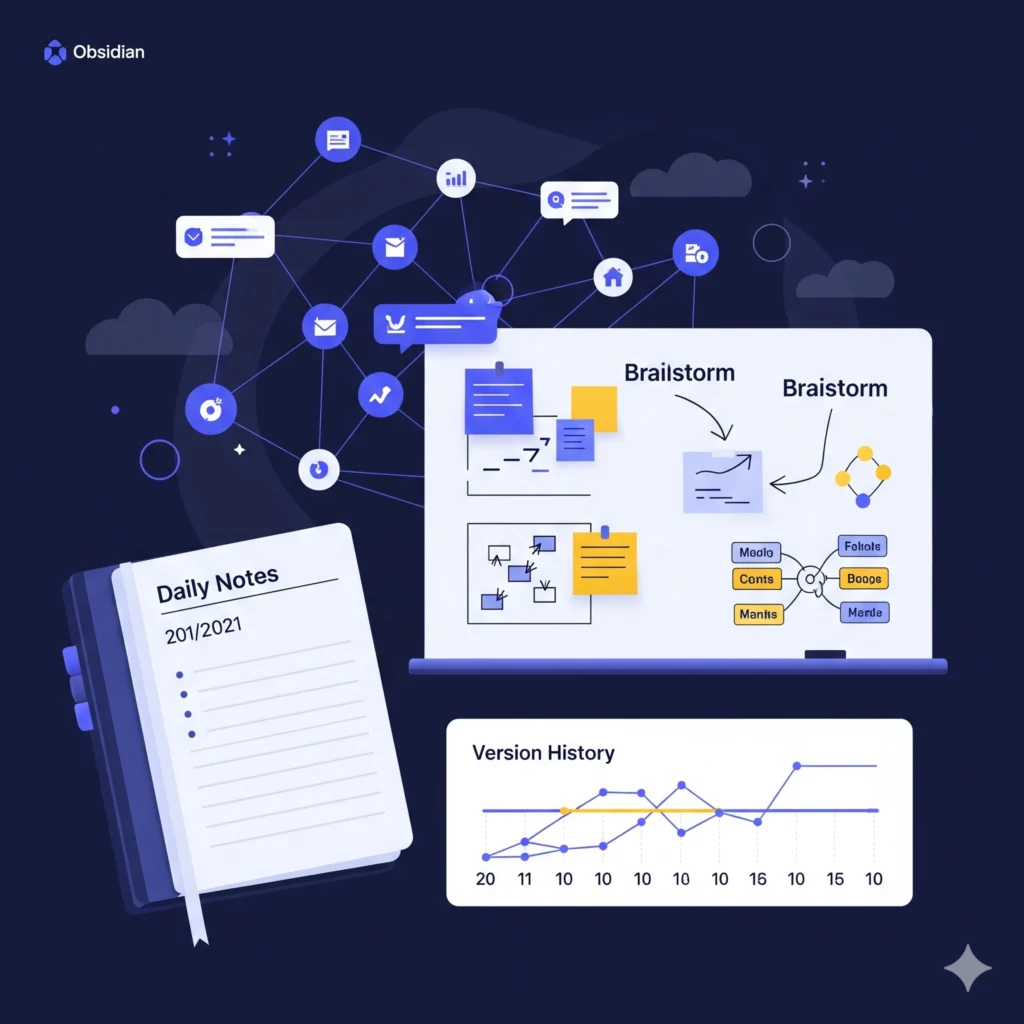
Some standout features that make Obsidian popular include:
- Graph View: Visualize relationships between notes.
- Daily Notes: Capture quick thoughts every day.
- Canvas Mode: Brainstorm visually on a digital whiteboard.
- Version History: Restore earlier edits with ease.
Best of all, the core version is free, and you can pay for extras like encrypted sync across devices or publishing notes online.
Best Obsidian Plugins to Supercharge Productivity
Obsidian really shines once you start customizing it. Popular plugins include:
- Templater – Automate note creation with templates.
- Periodic Notes – Organize daily, weekly, or monthly entries.
- Kanban – Manage projects visually inside Obsidian.
- Dataview – Turn plain notes into powerful databases.
- Excalidraw – Create diagrams and sketch out ideas.
Obsidian vs. Notion: What’s the Difference?
You’ve probably heard of Notion—it’s one of Obsidian’s biggest competitors. But they cater to different needs.
| Feature | Obsidian | Notion |
|---|---|---|
| Storage | Local files (you own it) | Cloud-based (Notion servers) |
| Privacy | Full control | Dependent on cloud |
| Customization | Plugins, themes, Markdown | Blocks, templates, databases |
| Collaboration | Limited unless synced | Real-time teamwork |
| Best For | Personal knowledge base | Team planning & projects |
In short: Choose Obsidian if you want privacy, control, and deep linking of ideas. Choose Notion if you need collaboration, dashboards, and team-friendly project management. Many people use both—Obsidian for personal knowledge and Notion for teamwork.
Why Obsidian Matters in 2025
Information overload is real, and tools like Obsidian help you stay in control. Students can use it as a study hub, professionals can build a digital “second brain,” and creators can capture sparks of inspiration before they disappear. With Obsidian, your notes don’t just sit in files—they grow into a system of knowledge that evolves with you.
Conclusion
Obsidian software has redefined what note-taking can be. With its local-first storage, smart linking, and a thriving plugin ecosystem, it gives you privacy, flexibility, and power that most apps can’t match. Whether you’re studying, working, or creating, Obsidian helps you connect ideas and build a knowledge base that lasts. If you’ve been searching for a tool that’s more than a notebook, Obsidian may be the missing piece in your productivity toolkit.
FAQs
Q1: What is Obsidian software used for?
Obsidian software is a note-taking and knowledge management app that stores notes locally as Markdown files, allowing you to build a personal knowledge system.
Q2: Is Obsidian software free to use?
Yes. Obsidian is free for personal use with powerful core features. Paid options include Obsidian Sync, Obsidian Publish, and commercial licenses.
Q3: What makes Obsidian different from Notion?
Obsidian is local-first, private, and built for connecting knowledge. Notion is cloud-based, collaboration-focused, and designed for team projects.
Q4: What are the best plugins for Obsidian?
Popular plugins include Templater for templates, Periodic Notes for journaling, Kanban for task boards, Dataview for databases, and Excalidraw for diagrams.
Q5: Who should use Obsidian software?
Obsidian is ideal for students, professionals, writers, and creators who want to organize ideas, manage projects, and build a digital “second brain.”

